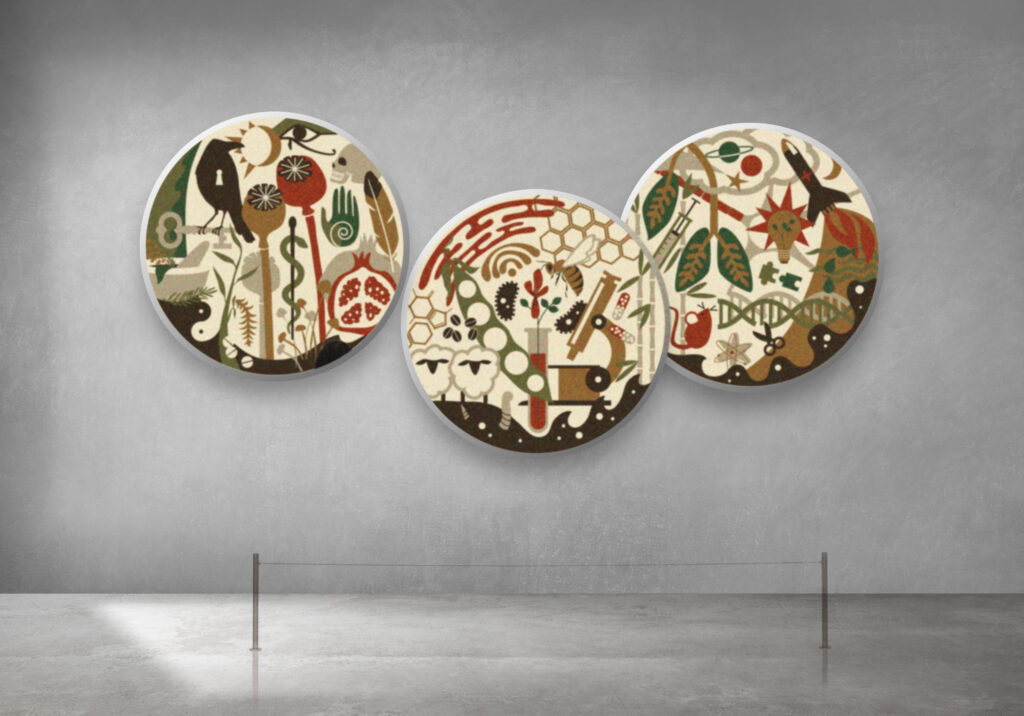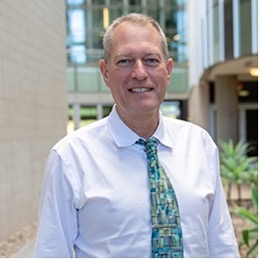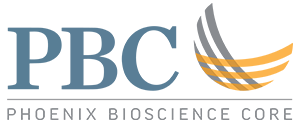
The History of Bioscience
by Kim Buchheit and Frederic Zenhausern
Description
The objective was to provide, for a general audience and against the backdrop of bioscience’s history, an intriguing introduction to some of the pioneering work being done in Dr. Zenhausern’s lab. The artwork has two components: The first is a set of three felted wool panels which offer a visual exploration of the history of bioscience, beginning with Ancient Egypt through contemporary times and beyond. The panel themes also include the interdisciplinary nature of ANBM activities. The second component is a kinetic sculpture which conveys the evolution of the field and, among other things, the mission-driven approach used by ANBM team to adapt rapidly deploying impactful solutions into real-life applications. Several mobile motifs represent some of the technologies related to the convergence of the nano-and-macro-world from nanoparticle drug deliveries such as novel photonics silicon nanoparticles for gene therapies in precision medicine to gas marbles for a precise oral delivery of planetary gases-as-drugs isolated from oceanic carbon removal or future space mining of Asteroids.
About the process
by Kim Buchheit
At our initial meeting, Dr. Z shared with me his top five favorite artists (which included Alexander Calder), and artworks from other disciplines outside the visual arts. Dr. Z then gave me a tour of his lab and introduced his team. Their projects literally span from the ocean floor in search of renewable noble gases for multiple applications to outer space where their innovative VeriFAST biomarker testing kit was piloted in 2021. Because of the broad scope of these projects, as well as their impressive profiles, I left that first meeting wondering whether my artistic interpretation could do them justice.
The first proposal I submitted for consideration included AI generated art and some techie concepts. But I quickly realized that in order to appreciate what’s being done at ANBM today, we needed to put it in historical context. I wanted to illustrate how science builds on previous research, knowledge, and discovery, but also innovates, which can allow for exponential leaps forward. And how, in today’s technological world, these exponential leaps may be happening with more frequency. So, using humankind’s oldest textile medium, we decided to chronicle the history of bioscience on a series of three wall panels. Then using a mixed-media component that leaps off the wall in the form of a mobile, we highlight some of ANBM’s pioneering work and guide the viewer into the future.
Meet the Team
Artist: Kim Buchheit

Kim Buchheit is a designer and fiber artist. She primarily works with wool fiber and utilizes the wet felting process to create two- and three-dimensional work. Kim received her art degree from the University of Iowa, was awarded a design arts fellowship from the National Endowment for the Arts, taught college-level design courses, and continues to operate her own creative services business. Her felted work has been included in national group shows and galleries and is currently available through the Fountain Hills Artist Gallery.
Researcher: Frederic Zenhausern

Dr. Frederic Zenhausern is Endowed Chair Professor, and Director of the Department of Biomedical Engineering – Phoenix, and Director of the Center for Applied NanoBioscience and Medicine (ANBM) at The University of Arizona College of Medicine- Phoenix. He is also Professor in Biomedical Engineering, Radiation Oncology, Clinical Translational Sciences, Translational Neurosciences and BIO5 Institute. Prior to joining The University of Arizona, professor Zenhausern was Director of the Center for Applied NanoBioscience at the Arizona State University’s (ASU) Biodesign Institute. While at Arizona State University, he was R&D Director at the Flexible Display Center and Chief-Technical-Officer at ASU MacroTechnology Works. Dr. Zenhausern is Professor at the Translational Genomics Research Institute (TGen) and Professor of Pharmaceutical Sciences at the University of Geneva, Switzerland.
Another of Dr. Zenhausern’s responsibilities is leading clinical translational studies at the HonorHealth Research and Innovation Institute. Dr. Zenhausern has been a multiple startups entrepreneur after spending over a decade in industry at IBM T.J. Watson Research Center and Motorola Labs.
Closer Look:
Medium: The triptych is wet felted wool mounted [hand-stitched] onto coated aluminum mesh screens; mobile is mixed-media
Specifications: Work consists of four components: Three felted wool panels and a mixed-media mobile. Each round panel is 46” in diameter and the mobile approximately 13 feet
Cost of Piece: $21,000
